For many centuries, rice has been one of the most eaten and known foods worldwide. This happens due to its high nutritional value and relatively low cost which allowed it to be eaten by both the rich and poor. But with the advancing drought and water scarcity worldwide, growers are wondering, can they grow rice hydroponically?
So can you grow rice hydroponically? Yes, you can grow rice hydroponically. Although it is more complicated than other known crops such as lettuce, it is essential to try and grow rice hydroponically. This will play a critical role in the future of the world as the drought levels increase.
Rice is known for being one of the high water-consuming crops, if not the highest. This high consumption will lead to a massive problem because of the continuous decrease in the clean water supply that happens as a result of global warming and the contamination of already existing water sources.
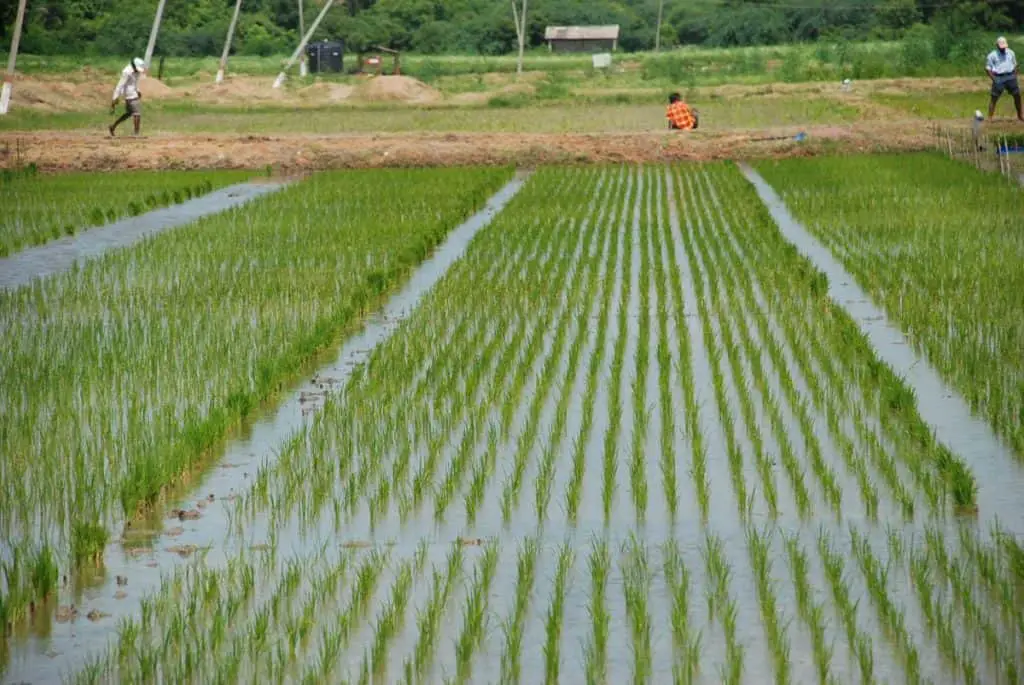
Whoever is going to grow rice hydroponically, will face some difficulties that might discourage him from continuing. The main reason that will put growers down is its poor economics, which will lead most growers to lose a considerable amount of money trying to produce just a fraction of the original yield grown in the soil.
Economics and Future of Hydroponic Rice
Usually, hydroponics is used to grow highly-priced crops. Let’s take lettuce, the most known plant for hydroponic growing, as an example. While one pound of lettuce costs 1.40$ (Head costs 2.50$), the price of one pound of rice is only 0.71$.
The retail price of lettuce is nearly double that of rice; this has led to lettuce being the most economically viable crop to grow. The high economic viability happens due to its high price that will cover the operating expenses and generate some profit in the end.
Another example is saffron; the price of saffron spices had reached $2,500 per lb. This extremely expensive price tag got me thinking can someone get rich by growing hydroponic saffrons, the answer was yes! You can check out how to make a 6-figure income by growing hydroponic saffron in this article that I wrote.
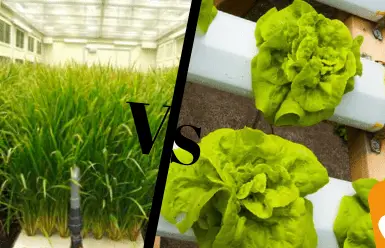
Rice is considered one of the most labor-intensive crops grown worldwide, but thanks to the advancement of technology, it is also among the cheapest meals for anyone.
The integration of machines in different life stages as seeding and harvesting has increased production to nearly double that of the old methods, while at the same time, decreasing the number of operating expenses by eliminating the human part of the rice growing process.
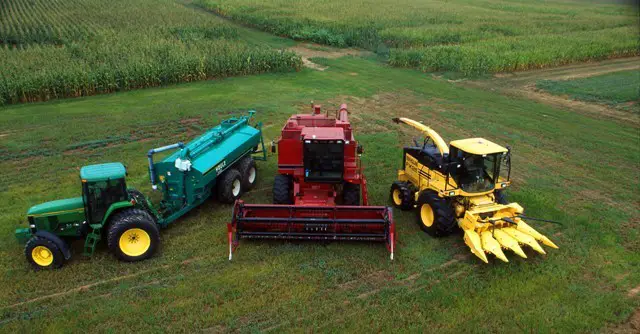
At this point, most of you guys will take a step back and think, ” Is this the right time for me to try and grow rice hydroponically?”. I completely agree with you, rice is not the most economical crop for hydroponics at the time, but I believe that this will change in the future.
As I have said before, droughts and shortage of water supply will lead to increasing world hunger, and I think that with the integration of vertical farming and hydroponics, rice could be an economic crop due to its increased yield and the advancement of hydroponic technology.
Advancing of hydroponic technology will be the critical factor in the economic viability of rice. Let’s admit it, every time tech startups enter an industry, they completely revolutionize it, and it can’t be the same again. I think that anything other than tech startups can’t do the advancement of hydroponic technology for many reasons, but the most important is that it will require hundreds of millions of dollars to change hydroponics to become the cheapest method of growing in the future.
How to Grow Rice Hydroponically?
One of the perks of hydroponics is its low water consumption compared to soil. Crops like rice need to be submerged in water to produce the maximum amount of yield. On the other hand, the hydroponics method works by allowing the plant roots to take water and nutrients from a nutrient reservoir with a minimum amount of evaporation.
But with this critical perk comes a downside, which is the low yield produced. The final return of an average hydroponic system at home is insufficient for a single week’s supply for an average American family.
Rice has a five times longer growing period than lettuce. On average, a lettuce head takes 45 days for maturation. On the other hand, rice takes up to 180 days, which leads to decreasing the maximum amount of growing cycles a grower can do to two per year. Moreover, after harvesting, the stalks need to be wrapped in newspaper to dry for two weeks.
Some growers like to try growing new plants now and then due to their sense of adventure, and I have to admit it, I adore that kind of grower. Some growers are even eager to grow hydroponic cotton which amazed me. As a result, I wrote an article that took me 10 hours of research alone about how to grow hydroponic cotton, and I was surprised by how much people loved it, so go check it out.
Unfortunately, growing a crop as complicated as rice in hydroponics might not end up well. I think that the best practice is to try and plant it in the soil first and gain the experience of growing rice which will be 80% the same as the hydroponic one, except for the nutrients part. You cannot imagine how this 1x1m2 plot of rice in your backyard will teach you about different aspects from seeding to harvesting.
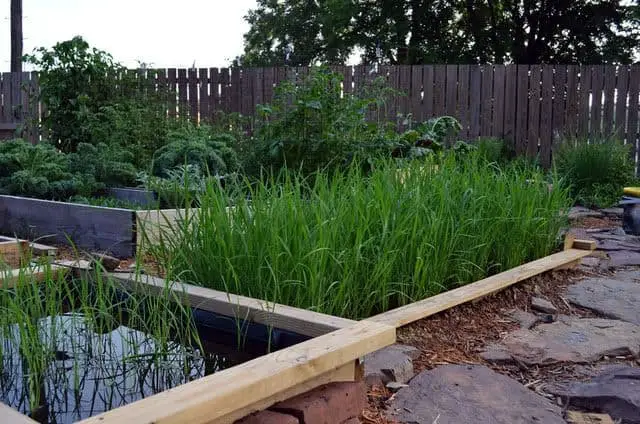
Before starting to grow rice hydroponically, you have to first choose the right hydroponic system. As we know, rice is one of the many plants that love water. As a result, its roots have to be submerged in water.
The deepwater culture system is the most suitable one to grow rice when compared to other famous systems like NFT. However, not all DWC systems will work perfectly with a complicated crop like rice.
If you are planning to grow rice hydroponically, I suggest that you implement 2 methods in the system. By using DWC and top feeding methods together, it is guaranteed that you will get as much growth as possible during the 180-day growing period.
I do think that the 16 spots hydroponic system made by Superponics is the most suitable system to grow hydroponic rice. It is one of the few systems that combine top feeding and DWC into a single hydroponic unit. You can find it on Amazon, check the price here.
To try and grow rice hydroponically, follow the simple steps below.
Step 1:
You can buy rice seeds directly from a nearby gardening store or try to purchase long-grain brown rice from a bulk food store. just make sure that it’s not white rice because this type of rice is processed and cannot be grown.
Step 2:
Soak seeds in water for 36 hours and then allow them to dry for another 24 hours.
Step 3:
Plant in a bucket filled with 6 inches of soil and compost. Fill this bucket then with 5 inches of water.
Step 4:
Leave the seeds for up to two weeks to germinate. Remember, the higher the temperature., the faster they will germinate. Transplant them next into the hydroponic pot after removing the remains of soil from the roots. Make sure that roots are touching the nutrient solution.
Step 5:
The ideal temperature of rice is around 25-degree celsius. If you are growing it indoors, set the temperature control around that. If you are growing in your garden, then try to adjust your growing period to start at the beginning of summer.
Step 6:
Leave rice for up to 180 days before harvest.
Step 7:
Harvest rice stalks and allows them to dry in a wrapped newspaper for two weeks.
Step 8:
Roast the dry rice stalks in 93 degree-celsius for one hour, then remove the hulls and the rice is ready to be cooked.
Success Stories Of Hydroponic Rice Cultivation
The benefits of hydroponic rice cultivation are not just theoretical. There are several success stories of farmers who have adopted this method and reaped the rewards.
Philippine Rice Research Institute
Another successful example is that of the Philippine Rice Research Institute (PRRI). They have been using hydroponic technology to produce high-quality, disease-free rice seedlings for transplanting in farmers’ fields. PRRI has reported that this method has led to a significant increase in rice yields and a reduction in production costs for farmers.
China Agricultural University
In China, researchers at the China Agricultural University have been using hydroponic technology to study the effects of different nutrient solutions on rice growth. This research has led to the development of new nutrient solutions that can increase rice yields while reducing the use of fertilizers.
Japanese Agricultural Startup
In Japan, a company called Mirai has developed a hydroponic rice cultivation system that uses artificial intelligence to monitor and optimize plant growth. This system has been able to produce high-quality rice with significantly less water and fertilizer than traditional methods.
Can You Grow Rice in Aquaponics?
Yes, rice can be grown using aquaponics. The only difference between aquaponics and hydroponics is that aquaponics uses nutrients from fish waste to supply the plant instead of the traditional human-made nutrient solution used in hydroponics. Other aspects of growing such as temperature, seeding, and harvesting remain relatively the same.
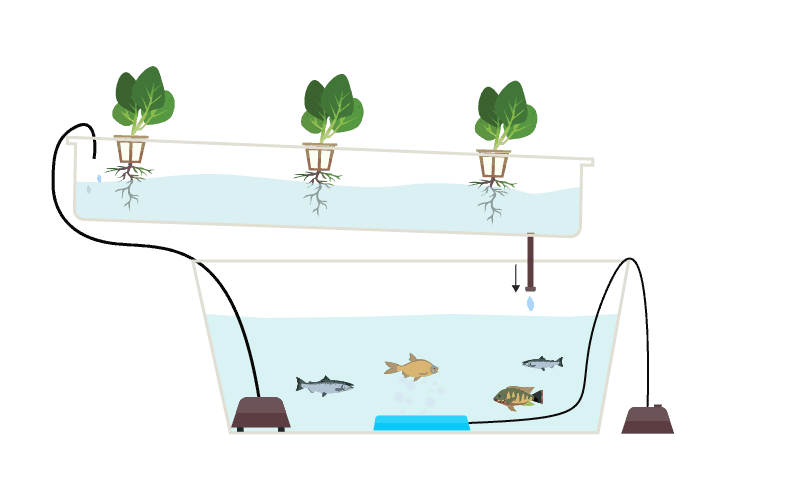
Believe it or not, using fish waste to supply rice plants has been around for 2000 years, and I think it was first started in Asia. Of course, it wasn’t as complicated as today’s aquaponics system. Back then, it was called the rice-fish system, and it depends on placing fish alongside rice in submerged fields. Thanks to the nutrient cycling that is done by the added fish, studies have shown that an average farmer has increased his yields from 6.7 tons to 7.5 tons.
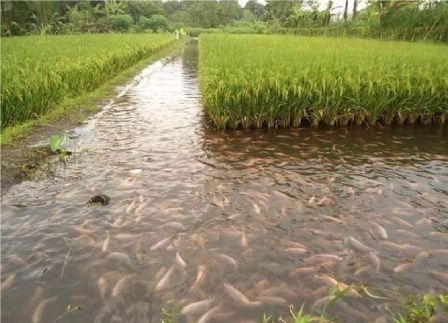
However, using aquaponics instead of hydroponics is more complicated. You need to maintain a healthy environment for the fish used to keep them alive. Factors like ph and temperature are so critical that if you messed them up, there would be an increased chance for your fish’s death, and since the plant’s only source of nutrients is gone, you can expect that the plant’s death is inevitable too. Moreover, you have to keep the right amount of fish in the tank. Too many fish can cause a disaster in the tank, and to few fish can cause nutrient deficiency for your plants.
Aquaponics somehow solved the reduced economic viability of hydroponic rice. By growing fish with rice, the final output will be nearly doubled as a result of the relatively high price of fish. Fish farming alongside rice cultivation was used a long time ago in Asia. Rice farmers were looking to increase their economic status, and they found that adding fish is the perfect way to not only boost their rice yield but also have fish products that can be added to their daily meals.
Another perk that I like about aquaponics is that rice can be fully grown organically without the addition of any chemicals. Hydroponics, on the other hand, faces some difficulties to be fully organic as the primary nutrient solution is made up of chemicals. Feeding your fish organic food as warms or home food waste can guarantee you a fully organic rice harvest.
Related Questions
Can you grow trees hydroponically? Yes, you can grow trees hydroponically using ebb and flow systems, which is considered the ideal system for trees although there will be difficulties in certain aspects such as flushing and getting a room for the tree in indoor systems.
Can you grow onions hydroponically? Yes, onions can be grown hydroponically. Onions are considered one of the most natural crops to become hydroponically. Almost all of us have produced hydroponic onions in 3rd grade; it is as simple as placing an onion in a jar filled with water and leaving it in the sun. You can check out how to grow hydroponic onions and get giant bulbs in this article
Can you grow grains hydroponically? Yes, grains like rice and wheat can be grown hydroponically although they have lower economic viability than that of soil crops, they will play a massive role in the future due to water scarcity.
Conclusion
Hydroponic rice cultivation has several advantages over conventional methods, including increased efficiency in resource use, reduced environmental impact, and increased yield.
Though there are some disadvantages such as high initial investment, the technical expertise required, and the potential for crop failure, the benefits outweigh the costs, especially for small-scale farmers. The success stories of hydroponic rice cultivation in countries like China, Japan, India, and the Philippines demonstrate the potential of this method to address food security challenges and provide economic benefits to farmers.
With the growing demand for food and the need to conserve natural resources and arable land, hydroponic rice cultivation can be a sustainable solution to meet these challenges.

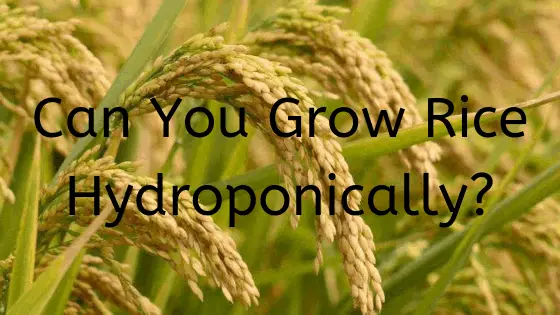
Hi! I have a question. How about rice nutrient if i use nft system? Can u tell me about it? Thanks.
What are the correct pH and fish to rice plant ratio?
Hi,
For in-house rice hydroponics, how can you deal with lighting? Together with sufficient water, I think sun light is also one of the essential environment for the rice to grow well.
I would like to learn whether you have considered the lighting as well as the initial cost for rice hydroponics including the house building costs.
Rice requires around 8 hours of light exposure per day. You can provide light using the sun or artificial grow lights. If you chose to go ahead with the artificial grow lights, then I advise you to get an LED unit for its efficient power consumption.